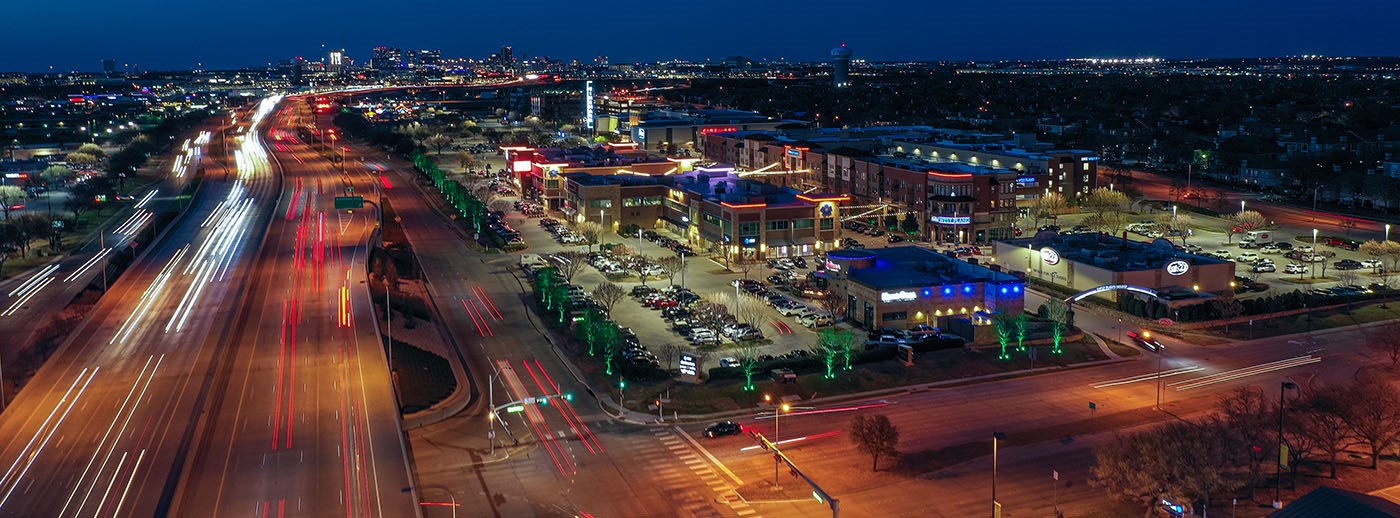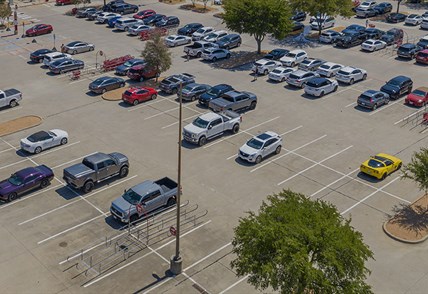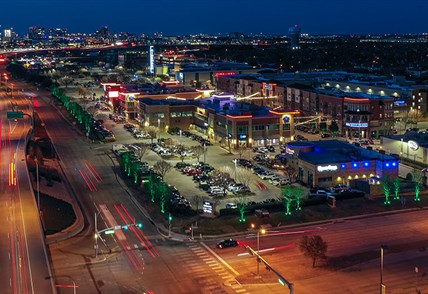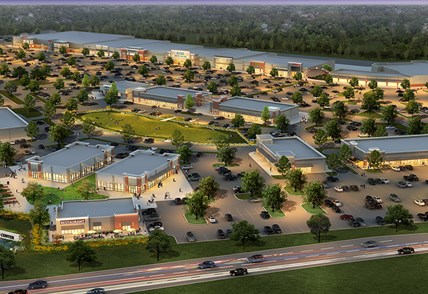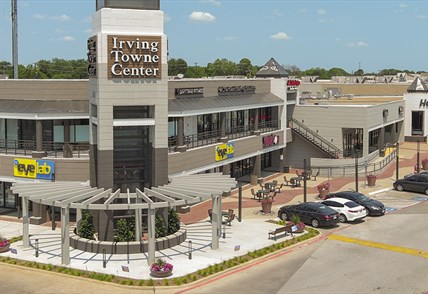By Marshall Mills, President and CEO, Weitzman
Economic uncertainties during the past year have raised concerns about potential negative impacts on our great state’s retail markets stemming from rising interest rates, increased construction costs, inflation, high energy prices and other factors that may lead to a slowdown.
But if you have to face a challenge, the ideal situation is to face it from a position of strength. And our retail market in D-FW is currently enjoying occupancy levels of nearly 94 percent. That ranks the current market as one of the strongest ever in terms of occupied space.
This market health is repeated across the state in the retail markets in Austin, Houston and San Antonio. All are enjoying markets with healthy occupancy rates in the mid-90-percent range.
Since emerging from the pandemic, we’ve seen a retail recovery that has basically erased the vacancies created during the worst of 2020 with a round of vibrant new tenancy, tenant mixes and strong shopper traffic.
Demand is being driven by a return of traffic to our stores and restaurants, as well as shoppers using local retail businesses as online fulfilment centers through delivery, curbside and takeout.
And almost all of that retail demand benefits our existing centers. I reviewed our mid-year retail reports and added up all the new retail space on track to be delivered this year:
• D-FW with approximately 760,000 square feet;
• Austin with approximately 260,000 square feet;
• Houston with approximately 875,000 square feet;
• San Antonio with approximately 384,000 square feet.
That’s a total of only about 2.3 million square feet of new construction spread across four of the largest and strongest metro areas in the country.
I can remember when Frisco added that much square footage in a single year when it brought online Stonebriar Centre mall and a huge peripheral power center.
That low construction, which has been a trend for the past several years, ensures our markets remain balanced in terms of supply and demand and drives retailers to seek locations in existing centers.
Take restaurants, for example. The demand for second-generation space is incredibly strong, thanks to a return to dining traffic. And big-box vacancies, left by the likes of Stein Mart, 24 Hour Fitness, Pier 1, JC Penney and pandemic-challenged categories like cinemas, have found new life with a new slate of uses from concepts like At Home, pOpshelf, Planet Fitness, EoS Fitness, Gold’s Gym, Dick’s Sporting Goods, Sprouts, Macy’s Backstage, Puttshack, LOOK Drive-in Cinema, Ace Hardware and more to date this year alone.
This new life for old vacancy is happening in our other markets. For example, a vacant Sears in San Antonio is being transformed into the new home for EVO Entertainment and Fitness Connection. In Austin, new grocery store tenants are backfilling former grocer vacancies, and in Houston, vacancies have been backfilled by the likes of Dick’s Sporting Goods, Floor & Décor, Burlington and more.
Also in Houston, one example shows how much we’ve recovered from the worst of the pandemic – three new Gold’s Gym locations took the place of three vacancies created by 24 Hour Fitness in 2020.
The health of our retail markets, of course, are tied closely to the health of our metro economies. And despite talk of possible recession, these economics are healthy, all with strong population, housing and job growth.
Fortunately, as I write this, gas prices at the pump are also in decline from their recent high levels. But rising energy prices can hold benefits for the Texas economy, where the oil and gas industry accounts for as much of a third of the economy (per the Texas Railroad Commission).
Because here in Texas, even a storm cloud can have a silver lining.
This column originally ran in D CEO magazine.
